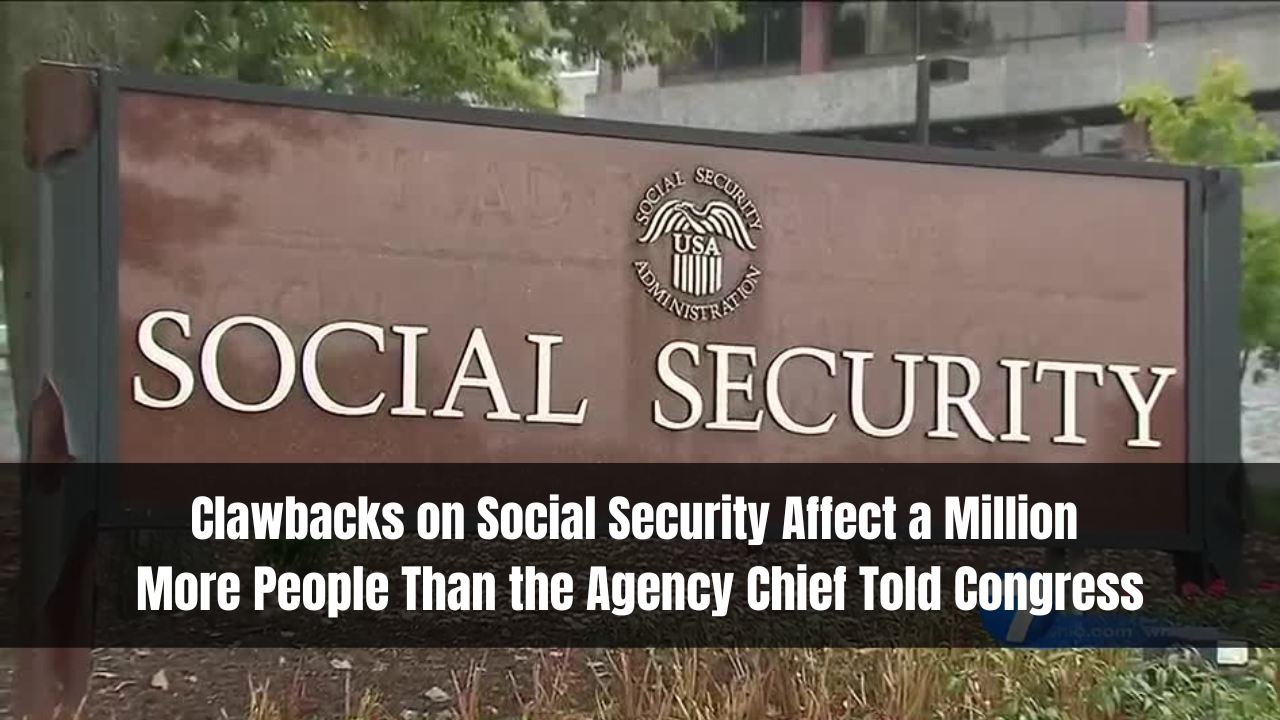Clawbacks on Social Security Affect a Million More People Than the Agency Chief Told Congress. The Social Security Administration (SSA) handling of overpayments and clawbacks has come under scrutiny, revealing significant discrepancies in the numbers provided by Acting Commissioner Kilolo Kijakazi during a congressional hearing in October.
Discrepancies Uncovered
Contrary to Kijakazi testimony, a document obtained through a Freedom of Information Act (FOIA) request by KFF Health News and Cox Media Group indicates that the SSA has sought repayment from over 2 million people annually. This number is more than twice what Kijakazi disclosed during the congressional hearing.
Unverified Information and Congressional Response
SSA spokesperson Nicole Tiggemann labeled the numbers as “unverified” and expressed uncertainty about their accuracy. Lawmakers, including Rep. Greg Steube, raised concerns about potential intentional deflation of numbers and proposed further hearings to clarify the discrepancies.
Overpayment Scope and Impact
The issue revolves around the extensive scope of overpayments, causing financial distress for Social Security beneficiaries. The government, seeking to recover billions in overpayments, often places the burden on beneficiaries, even in cases where errors are attributable to the government itself.
Lack of Transparency
Despite requests for clarification on the numbers provided by Kijakazi, the SSA did not offer clear answers. The agency’s refusal to report on the number of debtors has raised concerns among lawmakers, emphasizing the need for transparency in addressing the magnitude of the problem.
FOIA Request and New Information
Following the October hearing, news organizations filed a FOIA request to obtain more information. The obtained document revealed that the numbers Kijakazi presented only covered two out of three Social Security benefit programs, excluding Supplemental Security Income (SSI). The omission led to a significant underestimation of the total impact.
Categories of Overpayments
The document categorizes overpayments under “T2” for Disability Insurance and Old-Age and Survivors Insurance (OASI) and “T16” for Supplemental Security Income (SSI). Kijakazi’s testimony did not include the T16 category, resulting in an incomplete representation of the problem.
Higher Overpayment Rates in SSI
The FOIA document disclosed that SSI had higher overpayment counts, affecting a larger number of recipients compared to OASI and DI. The overpayment rate in SSI, measured in dollars, was notably higher than the rate for OASI and DI combined.
Call for Reform
Lawmakers and experts, including Kathleen Romig of the Center on Budget and Policy Priorities, stress the importance of accurate and reliable numbers in addressing the overpayment issue. Calls for reform and increased transparency within the SSA have gained traction.
Review and Future Communication
The SSA, in response to the discrepancies, initiated a review of overpayments. The agency is exploring how best to inform the public, Congress, and the agency itself about the challenges posed by overpayments and clawbacks.
[irp]Conclusion
The revelations about the extent of Social Security clawbacks underscore the need for a comprehensive and transparent approach to address overpayments, protect beneficiaries, and implement reforms within the SSA.






